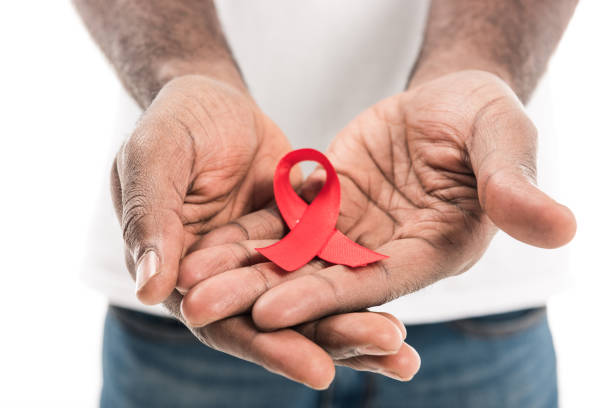The Misconceptions About HIV Transmission You Need to Stop Believing

The Misconceptions About HIV Transmission You Need to Stop Believing
Despite significant advancements in HIV education and awareness, several misconceptions about HIV transmission persist in society. These misconceptions contribute to stigma, discrimination, and the perpetuation of myths surrounding the virus. It is crucial to debunk these misconceptions and promote accurate information to foster a better understanding of HIV transmission. This article aims to address some common misconceptions surrounding HIV and provide reliable information to dispel these myths.
6 Common Myths Surrounding HIV
HIV Transmission through Casual Contact
One of the most prevalent misconceptions is that HIV can be transmitted through casual contacts, such as hugging, kissing, or sharing utensils. In reality, HIV cannot be transmitted through these activities. The virus is primarily transmitted through specific body fluids, including blood, semen, vaginal fluids, and breast milk. HIV is not spread through everyday social interactions, and close contact with someone living with HIV does not pose a risk of transmission.
Transmission through Mosquitoes and Insects
Contrary to popular belief, HIV cannot be transmitted through mosquito bites or other insect vectors. HIV is a fragile virus that cannot survive or replicate within insects. The virus requires specific conditions, such as direct access to the bloodstream, to cause infection. Mosquitoes and other insects do not serve as a means of HIV transmission, and there is no documented case of HIV transmission through insect bites.
Transmission through Saliva and Tears
Many people believe that HIV can be transmitted through saliva or tears. However, the concentration of the virus in these fluids is extremely low, making transmission highly unlikely. HIV transmission primarily occurs through activities that involve the exchange of high-risk body fluids, such as unprotected sexual intercourse, sharing needles, or mother-to-child transmission during childbirth or breastfeeding.
Transmission through Sharing Objects
Sharing objects like toilets, towels, or cutlery does not pose a risk of HIV transmission. HIV is a fragile virus that does not survive well outside the human body. It cannot be transmitted through inanimate objects. The virus requires a direct route of entry into the bloodstream, which is not possible through casual contact with contaminated surfaces or objects.
HIV Transmission in Healthcare Settings
There is a misconception that healthcare settings, such as hospitals or clinics, pose a high risk of HIV transmission. In reality, stringent infection control measures are in place to prevent the spread of HIV and other bloodborne pathogens. Healthcare professionals follow strict protocols, including using sterile equipment, wearing gloves, and properly disposing of sharps. These measures effectively minimize the risk of HIV transmission in healthcare settings.
Transmission from HIV-positive Individuals on Effective Treatment
Another common misconception is that individuals who are living with HIV and on effective treatment can still transmit the virus. Effective HIV treatment, known as antiretroviral therapy (ART), suppresses the virus to undetectable levels in the blood. Numerous studies(1, 2) have confirmed that individuals with an undetectable viral load cannot transmit HIV to their sexual partners. Undetectable equals untransmittable (U=U) is an important message that emphasizes the power of HIV treatment in preventing transmission.
Final Thoughts
Dispelling misconceptions about HIV transmission is essential to combat stigma, discrimination, and misinformation surrounding the virus. Understanding the accurate modes of transmission helps promote empathy, support, and effective prevention strategies. It is crucial to rely on reliable sources of information, such as healthcare professionals and reputable organizations, to ensure accurate knowledge about HIV transmission. By debunking these misconceptions, we can foster a more inclusive and educated society, free from HIV-related stigma
